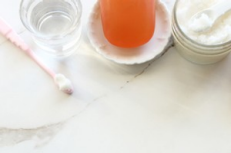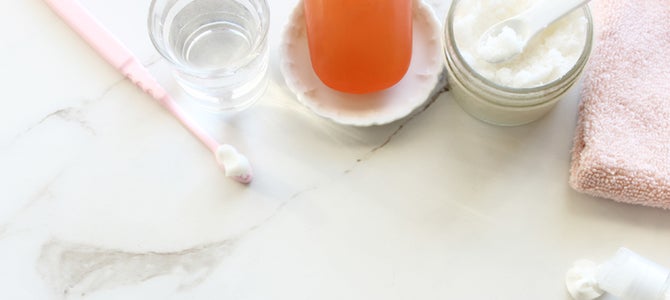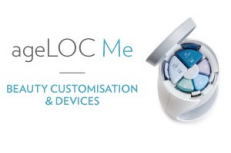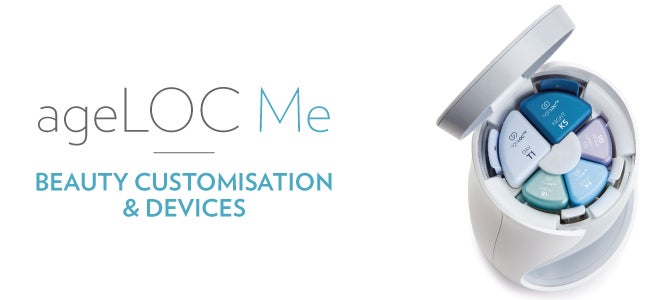Exfoliation for a Radiant Glow
June 27, 2017

When skin is young and healthy, it is smooth and evenly reflects light; it glows. This is due to the rate of which new cells are brought to the surface as older cells are continuously shed. The skin cells at the bottom layer of the epidermis, known as the stratum basale layer, constantly divide through cell division forming new keratinocytes (skin cells). This regeneration process is referred to as skin cell renewal.
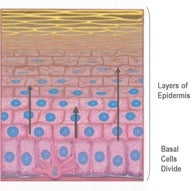
With age, the skin cell renewal process slows, resulting in cells becoming stickier. This means that the cells do not shed as easily as before. As a result, skin becomes uneven, feels rougher and appears dull. This is one of the earliest signs of skin aging and can begin to manifest itself in the third decade of life. So, in your 20’s when it is as important as ever to maintain a youthful glow, skin starts to lose it translucency reflecting less light. This results in a loss of radiance and glow.
Luckily, this is more easily corrected than other signs of aging through exfoliation. “Exfoliation” means to remove the uppermost layers or sheets of dead skin cells. There are two distinct types of skin exfoliation methods—chemical and physical.
Chemical Exfoliation
Chemical exfoliation utilizes acids or proteolytic enzymes to encourage the removal of the top layers of the skin. Acids, like hydroxy acids commonly used in anti-aging skin care products, chemically dissolve the connections between the cells in the outermost layers of the skin surface. Think alpha-, beta- or poly hydroxy acids. These acids can provide not only moisturization and exfoliation, but can also help to firm and tighten the skin. Proteolytic enzymes, sometimes referred to as proteases, are enzymes that breaks down proteins into smaller units. By breaking down the proteins that bind cells together, proteolytic enzymes release the outermost layers of the skin, readying them for removal. Think papain from papaya or pumpkin enzymes.
Physical Exfoliation
Physical exfoliation removes the uppermost layers of the skin using abrasives with mechanical action. Abrasive can include textures, like a wash cloth, brush, lufra, etc. or particles, such as walnut shells or marine diatoms. Abrasive particles can be derived from many sources and range in size, shape and number. Care should be taken when selecting abrasive textures and particles for one’s skin. Some skin types can be more sensitive to some forms of exfoliants than others.
Going Back to the Basics of Skin Care
It is important to take care of skin by doing the basics—wear UV protection daily, eat a healthy diet and drink plenty of water. Skin will inevitably start to show its age by getting rough and dull. Using simple exfoliation practices including chemical and/or physical exfoliation can help return glow-boosting, smooth skin for a photo finish. The benefits of exfoliation are often incorporated into other products, so you won’t need to add steps to your skin care routine or spend a lot of extra time or money.
As a reminder, exfoliation is a careful balance. Be sure to pay attention to your skin type and individual needs when selecting a method of exfoliation. Over exfoliating can damage skin and dull appearance will return. Start slow and don’t over exfoliate. Healthy, smooth skin will be radiant and bright. And a little exfoliation goes a long way. If done correctly, you will be more confident than ever in your natural, no touch-ups needed skin.

Written by:
K.C. Holley
Technical Communication & Education Manager
Nu Skin
